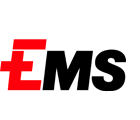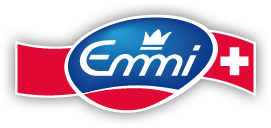Tokyo, October 6, 2014
From Silence Shareholders to Proactive Stakeholders

Japanese institutional investors such as pension funds and financial institutions were traditionally seen as „silent shareholders“ or „sleeping shareholders.“ Companies would have cross-holdings of share with other companies with which they did cooperate, but these investors long supported the management of the companies in which they held investments without getting proactively engaged, even when they were underperforming. This situation has started to take another shape drastically.
Japanese Financial Service Agency (FSA) launched a Japanese version of „Stewardship Code“ in February 2014, inviting institutional investors to sign up. Modelled on the British Stewardship Code adopted in 2010, these Principles for Responsible Institutional Investors were set out as a code of behaviour for institutional investors who hold corporate stocks.
In Japan’s stewardship code, „stewardship responsibility“ is defined as the responsibility of institutional investors to enhance the medium- to long-term investment return for their clients and beneficiaries by improving the investee companies‘ corporate value and promoting sustainable growth through constructive engagement or purposeful dialogue based on in-depth and trustfuly understanding of the companies and their business environment.
The code encompasses principles considered to be useful for institutional investors who behave as responsible institutional investors in fulfilling their stewardship responsibilities, with due regard to all stakeholders as to clients/beneficiaries and to investee companies. The code states: „By fulfilling their stewardship responsibilities properly in line with this Code, institutional investors will also be able to contribute to the growth of the economy as a whole.“ The seven principles in the code are ment to promote sustainable growth of the invested company and enhance the medium- and long-term investment return of clients and beneficiaries. Institutional investors are invited to:
- shape and disclose a policy to fulfil their stewardship responsibilities
- shape and disclose a policy on how they manage conflicts of interest
- monitor investment situations appropriately
- work together with the invested company and search to solve problems through constructive engagement with the invested company
- have a policy on voting and disclosure voting activity
- report periodically and trasparently on how they fulfil their stewardship responsibilities, including their voting responsibilities, to their clients and beneficiaries
- Have good knowledge of the invested companies and their business environment, and consolidate skills and dialogue resources needed to make proper judgments in fulfilling their stewardship activities.
The code is not a law or legally binding regulation. Nevertheless, the FSA expects to see progress in its implementation by compiling a list every three months of institutional investors who have announced that they have adopted the code. As of May 2014, three months after it was launched, 127 institutional investors had announced their intention to adopt it.
The Government Pension Investment Fund (GPIF), managing about 130 trillion yen (about U.S.D. 1.29 trillion), is the biggest among them. Also, in the private sector, some major life insurance companies and trust banks have together indicated their acceptance of the code. In the past, many of the institutional investors were subject the investment management companies for voting at the shareholder meetings of their investments and did not disclose their policies on voting. With the code principles, functions of monitoring investments‘ management will be strengthened, thanks to the code inducing institutional investors to create voting policies or make the respect the sustanability standards more rigorous.
Japan has not been known as a leader in socially responsible investment (SRI), in part due to the lack of proactive institutional investors. The ethical values worked within the Japanese traditions‘ frame. With this new code, „proactive shareholders“ get the larger scale of universal ethical values in doing business and may play a bigger role in supporting money flows that will enhance a sustainable society. /RLU

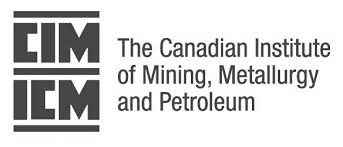
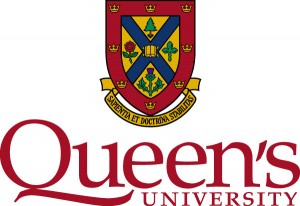
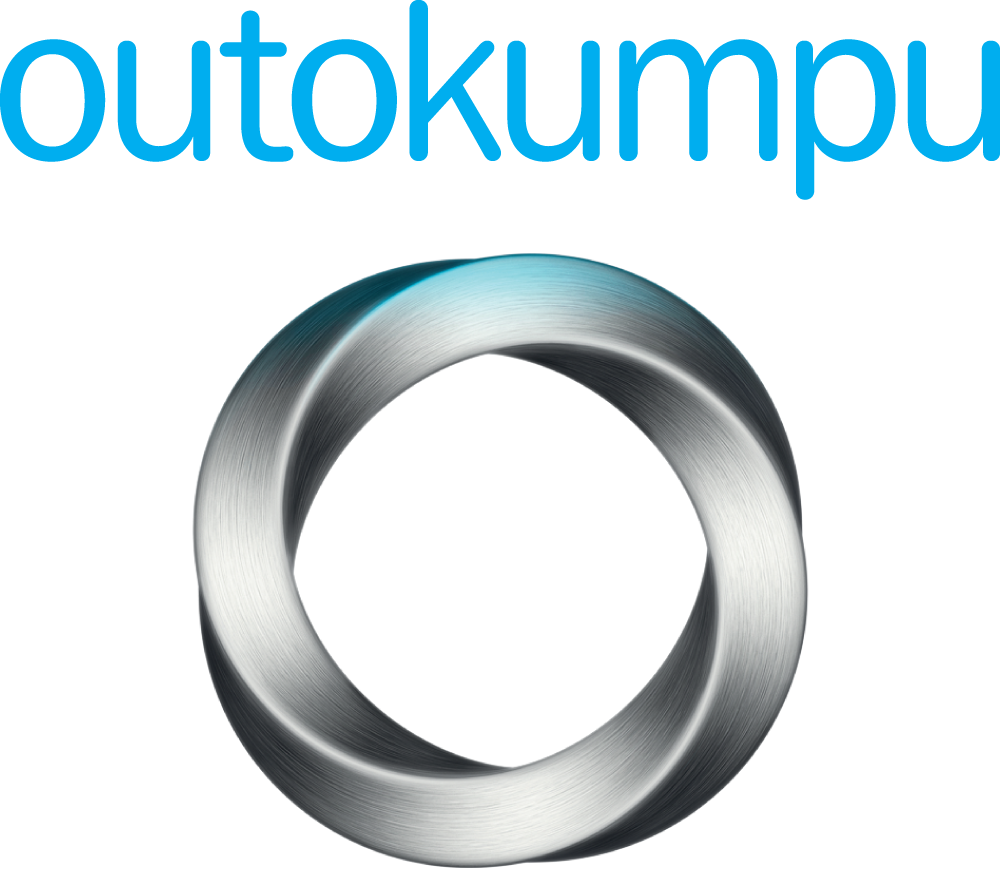

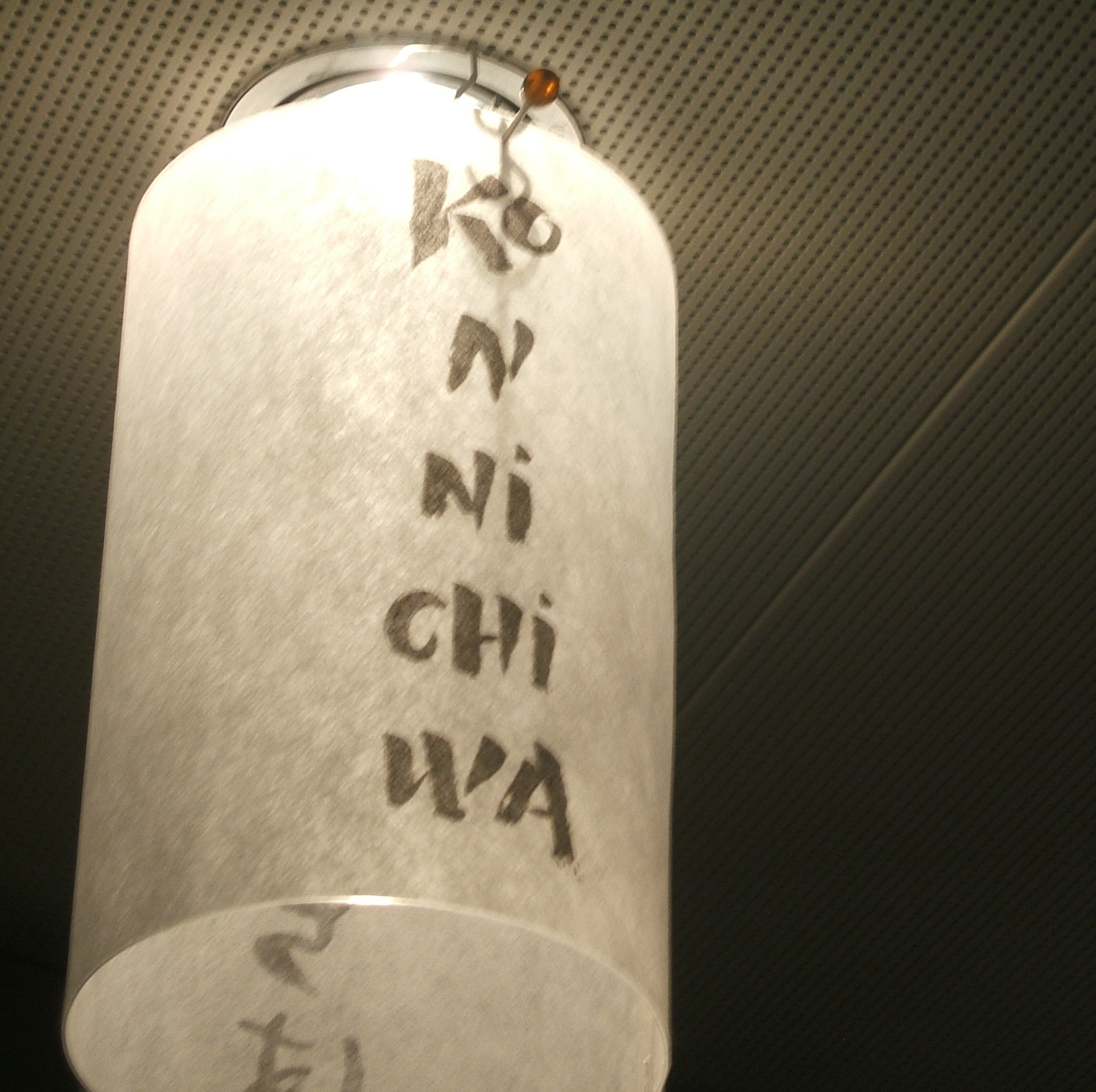
 oncrete connections and composite structures worldwide. It has recently announced that it will open a new production unit in Damman, the eastern part of Saudi Arabia. the new site of 3000 square metres will replace a small-scale workshop and warehouse, with the goal of producing connection items used in precast construction. This has been designed to optimise delivery times and flexibility for Saudi Arabian customers as well as to increase capacity in the Gulf area. By its full operation, Peikko’s activity in the gulf region will require 150 employees.
oncrete connections and composite structures worldwide. It has recently announced that it will open a new production unit in Damman, the eastern part of Saudi Arabia. the new site of 3000 square metres will replace a small-scale workshop and warehouse, with the goal of producing connection items used in precast construction. This has been designed to optimise delivery times and flexibility for Saudi Arabian customers as well as to increase capacity in the Gulf area. By its full operation, Peikko’s activity in the gulf region will require 150 employees.